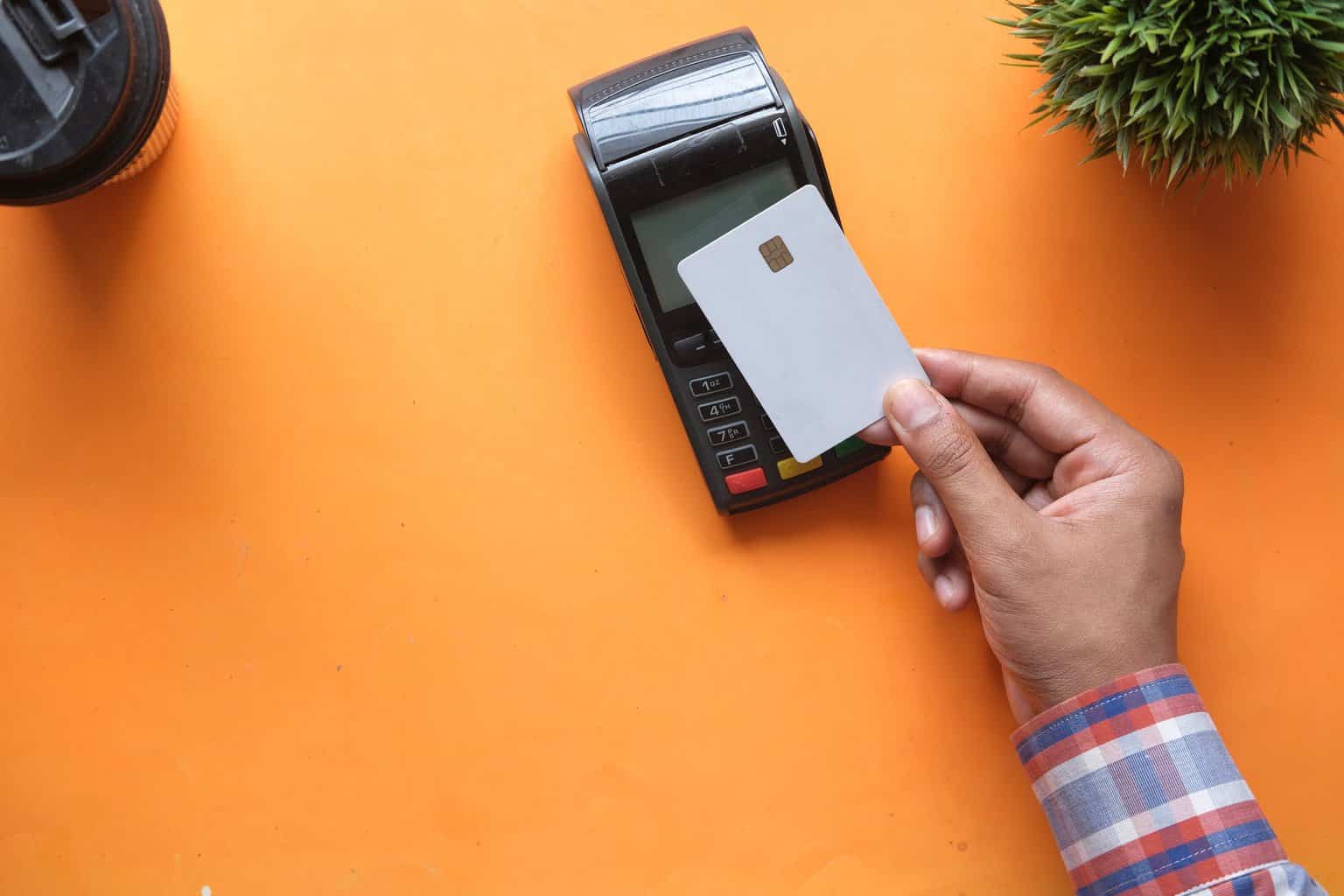Featured
Running a small business is hard enough without worrying about payment processing. But with the right tools, you can make it a lot easier on yourself. This blog post will discuss six ways to make small business payment processing less stressful.
Make small business payment processing less stressful
Know The Key Terms of Payment Processing
The first step to understanding payment processing is to know the key terms. When you know what something is, it makes it a lot less scary. Here are some key terms you should familiarize yourself with:
- Merchant account: This bank account allows businesses to accept credit and debit card payments.
- Payment gateway: This software connects your merchant account to your payment processor.
- Card Association: These organizations like Visa, Mastercard, and Discover set the rules for card acceptance and processing.
- Payment Processor: This company processes your business’s credit and debit card payments.

Get Organized
Once you know the key terms, it’s time to get organized. Start by creating a list of all the places you want to accept credit and debit cards. This could be in-person, online, over the phone, or mobile. Then, find out which card associations each of these places accepts. For example, if you want to accept Visa and Mastercard online, you’ll need a payment gateway that connects to both card associations.
You’ll need a merchant account if you plan on accepting credit and debit cards in person. You can either get one through your bank or choose an independent provider. Again, research to find the best option for your business.
Choose the Right Payment Processor
Now that you have a merchant account and a payment gateway, it’s time to choose a payment processor. This company will process the credit and debit card payments for your business. When selecting a payment processor, there are a few things you should keep in mind:
- Markups: Make sure you know what kind of markups the processor charges. These are usually a percentage of the total transaction plus a flat fee.
- Payment Types: Find out what types of payments the processor accepts. For example, some processors only accept Visa and Mastercard, while others also accept Discover and American Express.
- Subscription: Ask about any subscription fees the processor charges. These can add up over time, so you want to ensure you know what you’re paying for.
- Transaction Fees: Each time a customer pays with a credit or debit card, the processor charges a transaction fee. This is usually a small percentage of the total transaction.
- Tiered Rate: Some processors charge a tiered rate, which means you’ll pay a different percentage depending on the type of card your customer uses. For example, you may pay one rate for Visa and another for Mastercard.
Build a User-Friendly Website
One of the best ways to ease the stress of small business payment processing is to build a user-friendly website. This means making it easy for customers to find what they’re looking for and easy for them to checkout. A website builder like Vert can help you create a website in just minutes without coding or design experience. Plus, Vert’s website builder has built-in payment processing, so you can start accepting payments immediately.

Make Sure Your Website is Secure
If you plan on accepting credit and debit cards online, you must ensure your website is secure. The last thing you want is your customers’ personal and financial information to be compromised. To ensure your website is secure, you must have an SSL certificate. This will encrypt the information sent from your website to the payment processor.
You can get an SSL certificate from your web host or purchase one from a company like Symantec or GeoTrust. Once you have your SSL certificate, you need to install it on your website and ensure all your pages are secure.
Test, Test, Test
Before you start processing payments, it’s essential to test everything out. Start by creating a test account with your payment processor. Then, run some test transactions to make sure everything is working correctly. Once you’ve done that, you can start processing payments for your customers.
Just keep an eye on your account and ensure everything is running smoothly. If you run into any problems, contact your payment processor right away. They should be able to help you troubleshoot the issue and get things up and running again.
Final thoughts
Following these tips can ease the stress of small business payment processing. Just remember to do your research, choose a suitable processor, and build a secure website. And don’t forget to test everything out before you start processing payments. By taking these steps, you can ensure your payment processing goes smoothly and without any problems.























